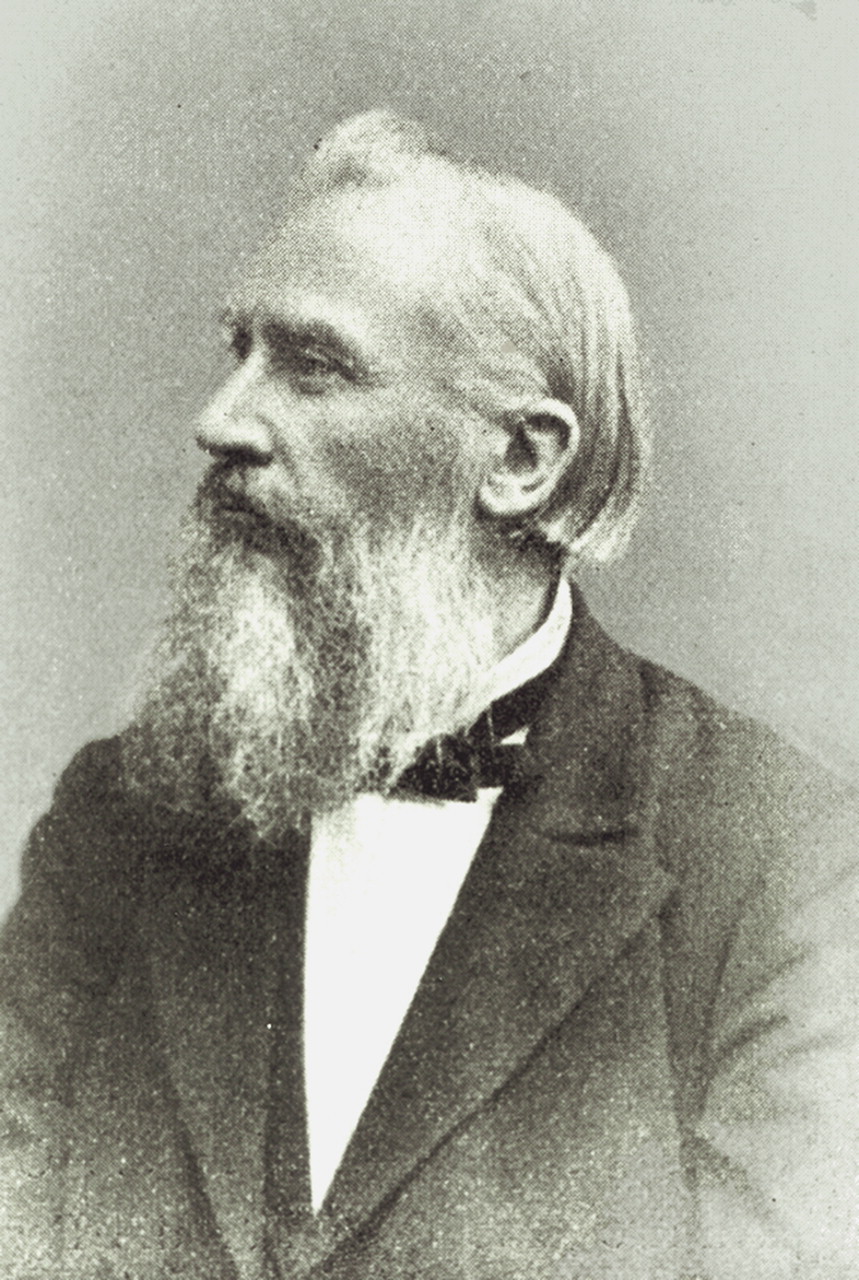Kahlbaum’s influence on nineteenth century psychiatry was small. The protagonists of the following epoch in Germany, Kraepelin and Wernicke, valued his contribution to psychiatry and expanded on his ideas. Now, as we enter the next epoch, Kahlbaum exerts a more direct role on psychiatry.
Karl Ludwig Kahlbaum was born in 1828 in Dierschau, Eastern Germany. His parents owned a freight transport company. They provided him with the opportunity to study medicine, basic sciences, and mathematics. Beyond this, he was interested in botany, zoology, and anthropology.
He studied medicine at the universities of Königsberg, Würzburg, and Leipzig and received his medical degree in Berlin. He first worked in a large psychiatric clinic in Eastern Prussia and briefly taught psychiatry at the University of Königsberg. He was convinced that he would not be given the opportunity for an academic career and thus went to a private psychiatric hospital in Görlitz (Silesia), which he bought in 1867. This hospital was originally not a psychiatric hospital but the first specialty clinic in Germany for the treatment of epilepsy. The hospital, the Reimer Sanitarium, was named after its owner. Kahlbaum renamed it the Kahlbaum Sanitarium and over the following 20 years made it into an exemplary psychiatric hospital that became famous beyond German borders. He considered vocational therapy and arts and music therapy as an important part of psychiatric treatment. He regularly organized musical and theatrical performances for the patients in a room in his clinic that he designated for these purposes. Until 1943, the Kahlbaum Sanitarium was managed by one of his sons, Dr. Siegfried Kahlbaum.
Kahlbaum provided the basis for the modern conceptualization of mental illness, based on the essential features (symptom patterns) and associated features (age at onset, course, family history, and outcome). In his book Gruppirung der psychischen Krankheiten und die Einteilung der Seelenstörungen (1863) (which could be translated as Classification of Psychiatric Diseases and Mental Disturbances), he promoted clinical experiences still relevant for modern psychiatry.
Kahlbaum was the originator of what later became known as the Bonhoeffer paradigm. He observed that identical or similar clinical pictures do not necessarily share the same etiology and that their course and outcome may be completely different from each other.
He was the first to distinguish between psychoses with and without organic etiology. This dichotomous conceptualization of endogenous and organic mental disorders has proven heuristically fruitful for psychiatric classification since its inception.
In his understanding, psychiatric disorders consisted of a prodromal state, an acute state, a state of remission, and a state of convalescence. He had planned to make such “state-course entities” the basis of his classification of psychiatric disorders.
He expanded psychiatric terminology by coining terms for newly described symptoms and syndromes. Among those are the terms paraphrenia, dysthymia, cyclothymia, and hebephrenia. In 1871, Kahlbaum encouraged his pupil and friend, Ewald Hecker, to publish on the concept of hebephrenia.
His most famous work is Catatonia or Tension Insanity, which he wrote in 1874 and which was not translated into English until 1973.
Kahlbaum’s first marriage was to the cousin of Ewald Hecker. Years after her death, he married the supervising nurse of the clinic. In his free time he played music, sang in a choir, and painted. He was politically liberal, was very religious, and enjoyed spending time with patients and staff.
Kahlbaum’s principles remain valid and his observations valuable, even today.


